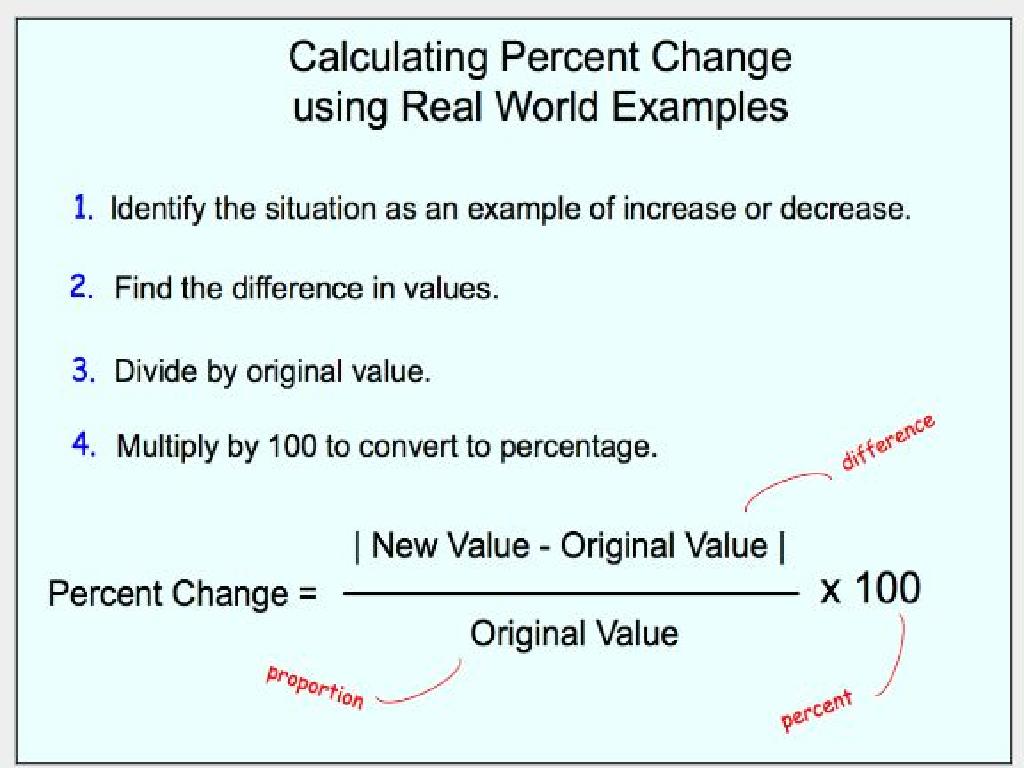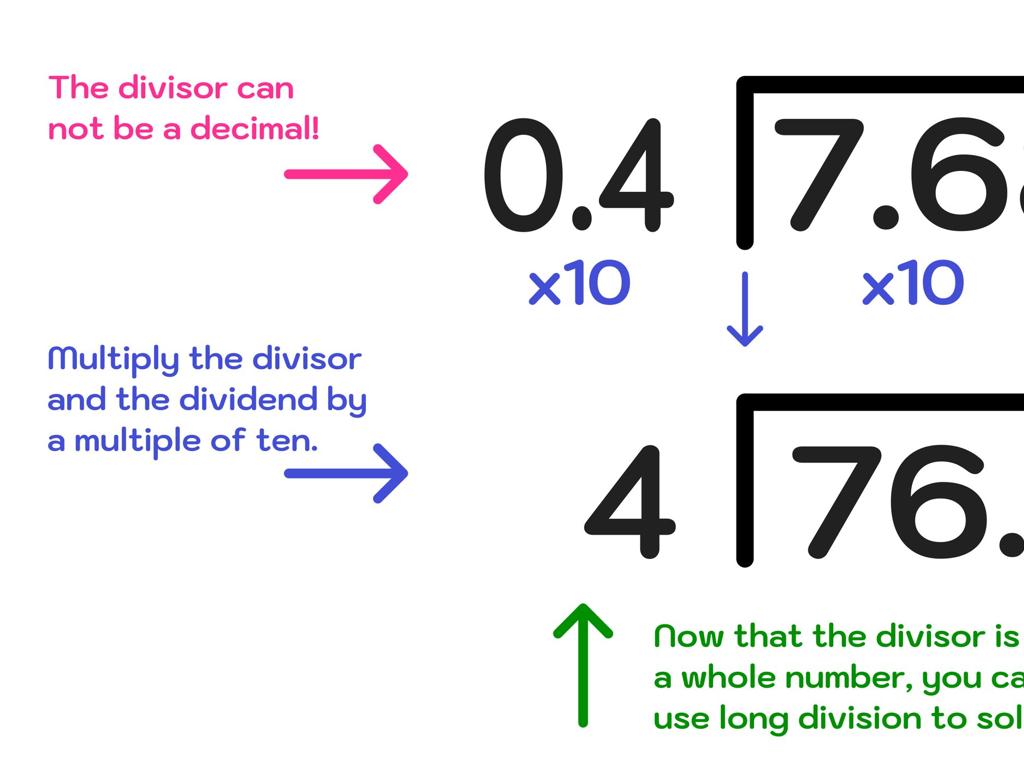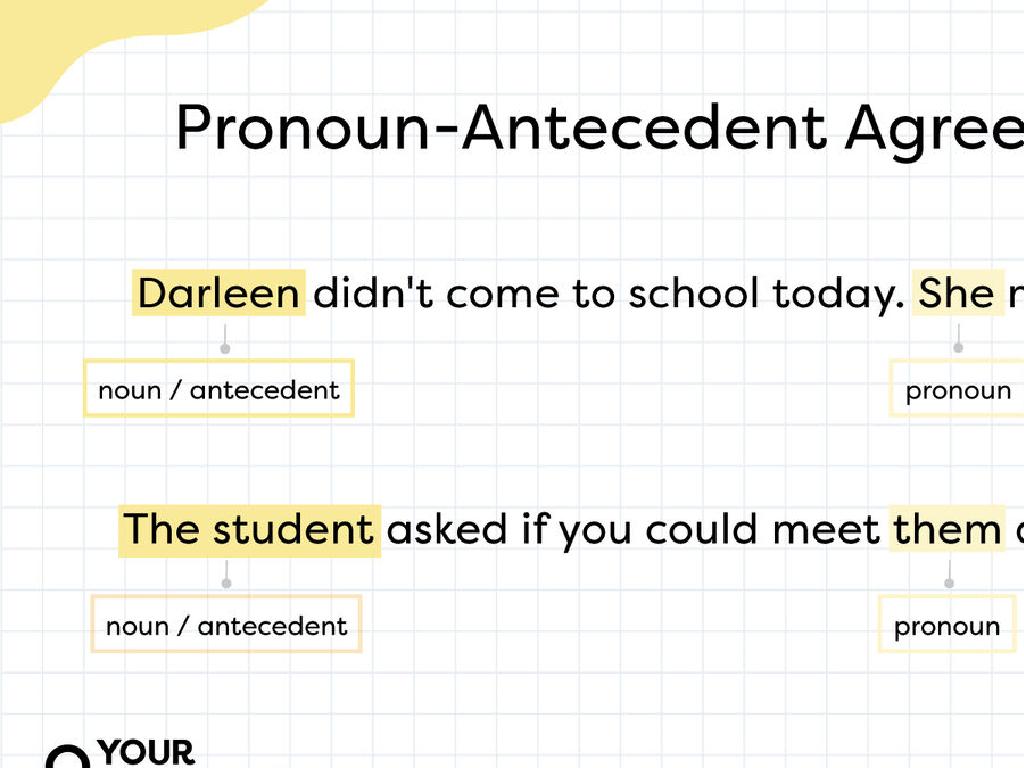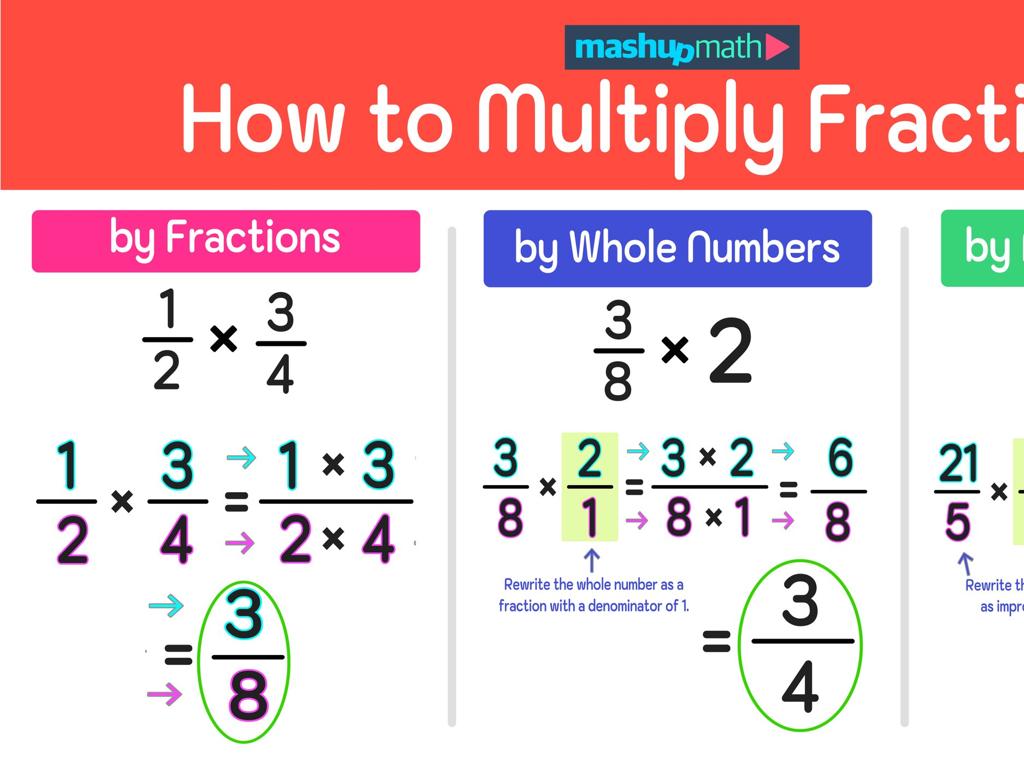Compare Clocks
Subject: Math
Grade: First grade
Topic: Time
Please LOG IN to download the presentation. Access is available to registered users only.
View More Content
Welcome to Time!
– Greetings and introduction
– Today’s topic: clocks and time
– We’ll explore different clocks and how to read them
– Importance of understanding time
– Knowing time helps us with daily activities like knowing when to eat or sleep
– Exciting activities ahead
|
Begin the class with a warm welcome to set a positive tone. Introduce the concept of time, emphasizing its importance in everyday life. Explain that understanding time is crucial for many daily activities such as eating meals, going to bed, or getting ready for school. Engage the students by telling them they will participate in fun activities to help them learn how to read clocks and compare different times. Encourage them to think about how they use time in their own lives and be prepared to discuss it.
Understanding Time and Clocks
– Time tracks when events occur
– We measure time in units
– Seconds, minutes, and hours are units
– Clocks display the current time
– There are different types of clocks
– Importance of time in daily life
– Helps us manage our day and activities
|
This slide introduces the concept of time to first graders. Begin by explaining that time is a way to know when things happen, like when to go to school or when to eat lunch. Discuss the units of time: seconds, minutes, and hours, and how they fit together (60 seconds in a minute, 60 minutes in an hour). Show different types of clocks, such as analog and digital, and explain how they help us keep track of time throughout the day. Emphasize the importance of time in organizing our daily activities. Use simple language and examples that are relatable to their daily routines.
Learning About Clocks
– Different types of clocks
– Wall clocks, digital clocks, alarm clocks
– Clocks have the same purpose
– Wall clocks with hands
– Wall clocks have hour and minute hands
– Digital and alarm clocks
– Digital clocks show numbers, alarm clocks wake us up
|
This slide introduces students to the concept that there are various types of clocks, but all share the same fundamental purpose of telling time. Emphasize that despite their differences in appearance and design, the function remains consistent. Show examples of each type of clock: a wall clock with hands that move, a digital clock that displays time with numbers, and an alarm clock that not only shows time but also has a feature to set alarms. This will help students recognize and compare different clocks they may encounter in their daily lives. Encourage them to share what types of clocks they have seen or used at home.
Parts of a Clock
– Clocks range from 1 to 12
– The numbers help us tell the time
– Two main hands: hour and minute
– Short hand tells the hour, long hand shows minutes
– Some have a quick ‘second’ hand
– It ticks very fast, showing seconds
– Understanding clock movement
|
This slide introduces the basic components of a clock to first graders. Start by pointing out the numbers on the clock face, which range from 1 to 12, and explain that these numbers help us read the time. Highlight the two main hands of the clock: the short ‘hour’ hand, which moves slowly from one number to the next, and the long ‘minute’ hand, which moves around the clock faster. If the clock has a ‘second’ hand, explain that it moves even faster, making a full rotation every minute. Use a real clock or a classroom visual aid to demonstrate the movement of each hand and how they relate to telling time. Encourage the students to observe clocks at home and in the classroom to become familiar with these concepts.
Reading Clocks: Hour and Minute Hands
– Short hand tells the hour
– When the short hand points at 3, it is 3 o’clock
– Long hand counts the minutes
– Each number the long hand points to represents 5 minutes
– Long hand at 12 means o’clock
– If the long hand is on 12, we look at the short hand to tell the hour
– Practice telling time together
|
This slide introduces first graders to the basics of reading clocks, focusing on the hour and minute hands. Explain that the short hand is for the hour and moves slower, while the long hand shows minutes and moves faster. Emphasize that when the long hand points to 12, it’s the start of a new hour, which we call ‘o’clock.’ Use classroom clocks or visuals to demonstrate different times, and encourage students to practice by setting the time on toy clocks or drawing clock hands on worksheets. Reinforce learning by asking students to share what they’ve learned and to tell the time on the classroom clock throughout the day.
Comparing Clocks: Which Time is Earlier?
– Observe two different clocks
– Check the position of the short hand
– The short hand indicates the hour
– Determine the smaller number
– The clock with the short hand on the smaller number is earlier
– Identify the earlier time
|
This slide is aimed at helping first graders understand how to compare times on different clocks. Start by showing two clocks with different times. Guide the students to observe the position of the short hand, which indicates the hour. Ask them to compare the numbers to which the short hands are pointing. The clock with the short hand pointing to the smaller number shows an earlier time. Reinforce the concept that the smaller the number on the clock, the earlier it is in the day. Use examples with clocks showing times like 3 o’clock and 7 o’clock to illustrate the concept clearly. Encourage the students to practice with various pairs of clocks to become comfortable with comparing times.
Practice Time: Comparing Clocks
– Observe two different clocks
– Tell the time each clock shows
– Identify bedtime on a clock
– Bedtime might be 8:00 PM on a clock
– Find lunchtime on a clock
– Lunchtime could be 12:00 PM on a clock
|
This slide is an interactive activity for students to apply their knowledge of telling time. Display two clocks with different times. Encourage the students to practice saying the time out loud. Then, ask them to identify which clock represents bedtime and which one represents lunchtime, based on typical routines. Bedtime could be set at 8:00 PM, and lunchtime might be at 12:00 PM. This exercise helps students associate daily activities with specific times, reinforcing their ability to read clocks. Provide guidance and positive reinforcement as they make their guesses. Prepare to correct gently and explain how they can recognize the correct times for common daily events.
Class Activity: Clock Craft
– Create your own paper plate clocks
– Practice setting the clock hands
– Move the hands to match times I call out
– Learn to read different times
– Understand the hour and minute hands
– Compare two different clock times
– Show me two times and tell which is earlier
|
This hands-on activity is designed to help first graders understand how to read and compare times on clocks. Each student will create a clock using a paper plate, which will provide a tactile learning experience. As the teacher calls out different times, students will practice setting the hands on their clocks accordingly. This will reinforce their understanding of the hour and minute hands. Additionally, students will learn to compare two different times by setting their clocks to show which time comes first. This activity not only teaches time-reading skills but also enhances fine motor skills and following directions. Possible variations of the activity could include matching times to daily activities, comparing times to determine the duration between events, or working in pairs to quiz each other on setting and reading times.






